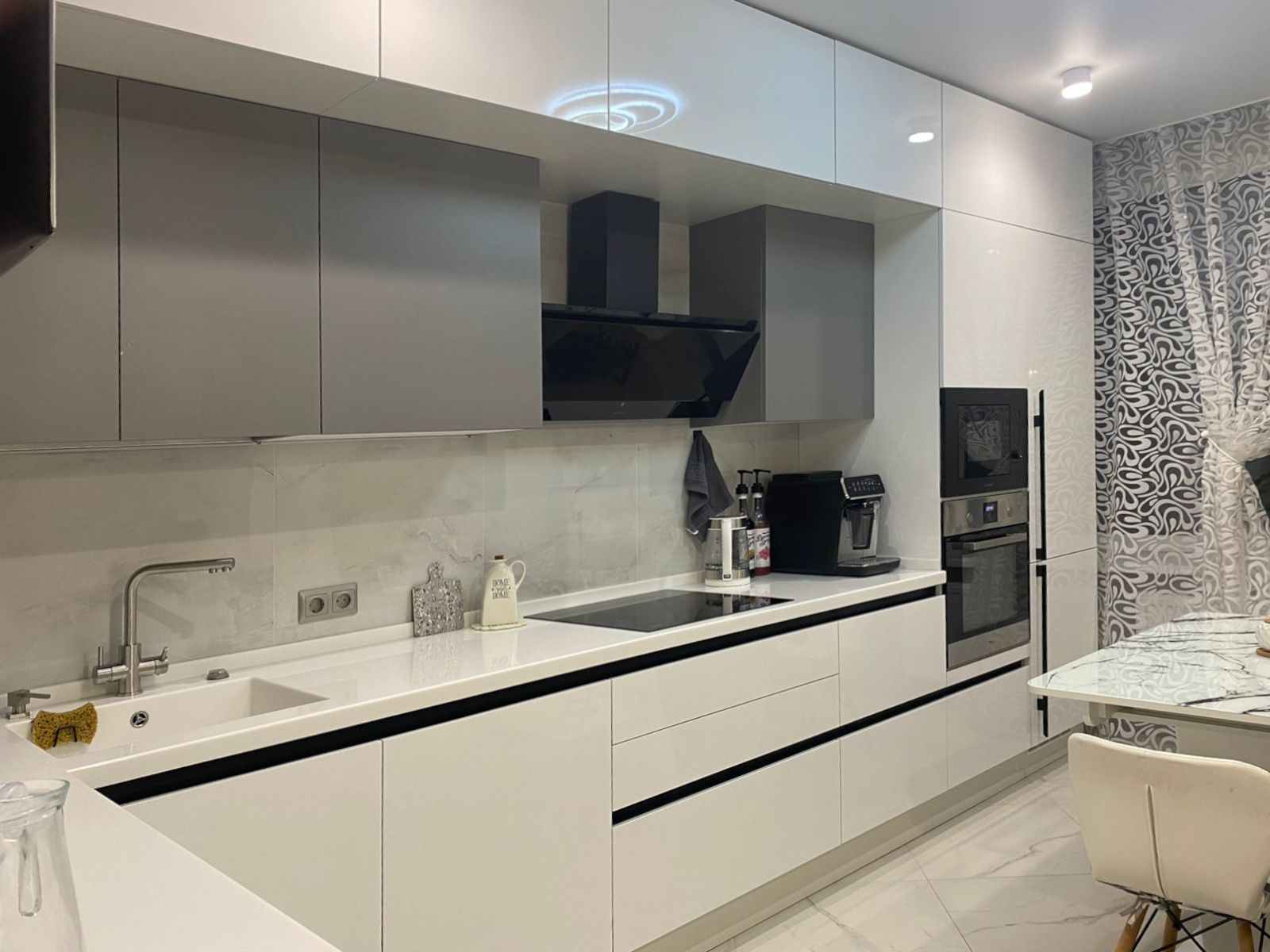
The Evolution of Culinary Spaces
Culinary spaces have long been the heart of the home, a place where meals are prepared and memories are made. The evolution of these spaces in recent years has moved beyond mere functionality, embracing design, technology, and innovation to meet the changing needs and tastes of home cooks and professional chefs alike.
Maximizing Small Spaces
In urban environments where space is at a premium, the reimagining of culinary spaces often focuses on maximizing the use of small areas. This is achieved by implementing multi-functional furniture, integrated appliances, and creative storage solutions that allow for a free flow of movement while cooking and dining. Compact designs provide the perfect blend of form and function, enabling even the coziest kitchens to offer full culinary capabilities.
Open-Concept Culinary Hubs
As the open-concept living continues to gain popularity, culinary spaces are being perfectly reimagined as social hubs. These areas are no longer secluded from the rest of the living space but are now central to it, encouraging interaction and entertainment. Large islands serve as gathering spots, homework stations, and buffet tables, proving that modern culinary spaces are much more than just places to cook.
Incorporating Technology
Smart technology integration has transformed the culinary experience, with appliances and gadgets that offer convenience and efficiency. State-of-the-art refrigerators, smart ovens, and voice-controlled devices assist with meal planning and preparation, while also reducing waste and energy consumption. This seamless integration of technology enables cooks to control various aspects of the culinary process with a simple voice command or smartphone app.
Sustainable Materials and Practices
Today's culinary spaces are being reimagined with sustainability in mind. Eco-friendly materials such as bamboo, recycled glass countertops, and energy-efficient appliances are becoming commonplace. These environmentally conscious choices extend to practices like composting and urban gardening, which further enhance the green credentials of modern kitchens.
Aesthetic Meets Practicality
The perfect reimagination of culinary spaces also takes into account the aesthetic appeal. The emergence of a variety of styles and palettes—from minimalist and sleek to rustic and cozy—allows individuals to personalize their spaces according to taste while maintaining practicality. Lighting is carefully considered to add both ambiance and functionality, alongside materials that are not only beautiful but durable and easy to clean.
Conclusion
Reimagining culinary spaces perfectly requires a delicate balance of form, function, and innovation. As the needs of home cooks evolve, so too must the design of the spaces they use to create their culinary masterpieces. From tiny urban kitchens to sprawling open-plan areas, the perfect kitchen is one that satisfies both the practical needs of cooking and the social dynamics of modern life. Through thoughtful design, use of technology, and sustainable materials, culinary spaces can be reimagined to serve as the epitome of modern living.